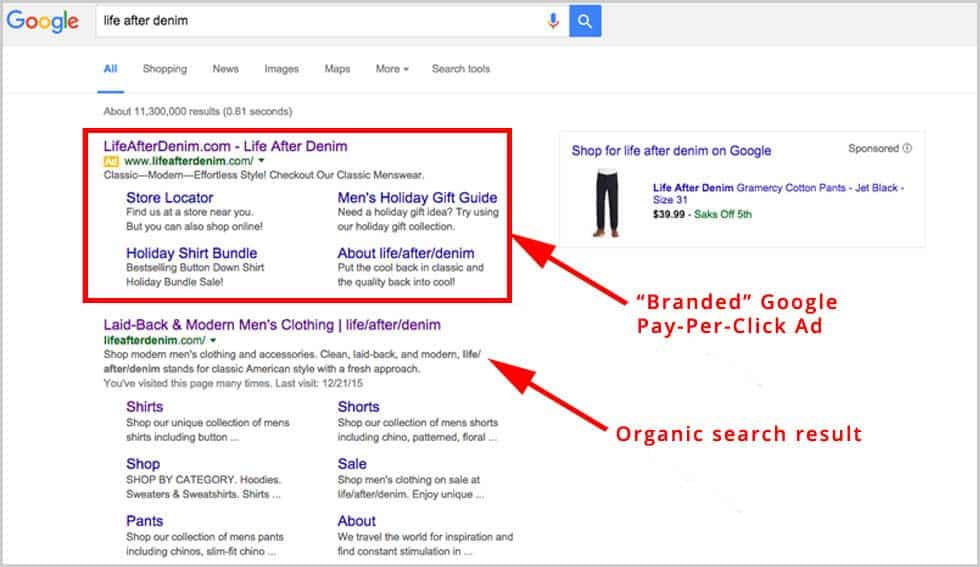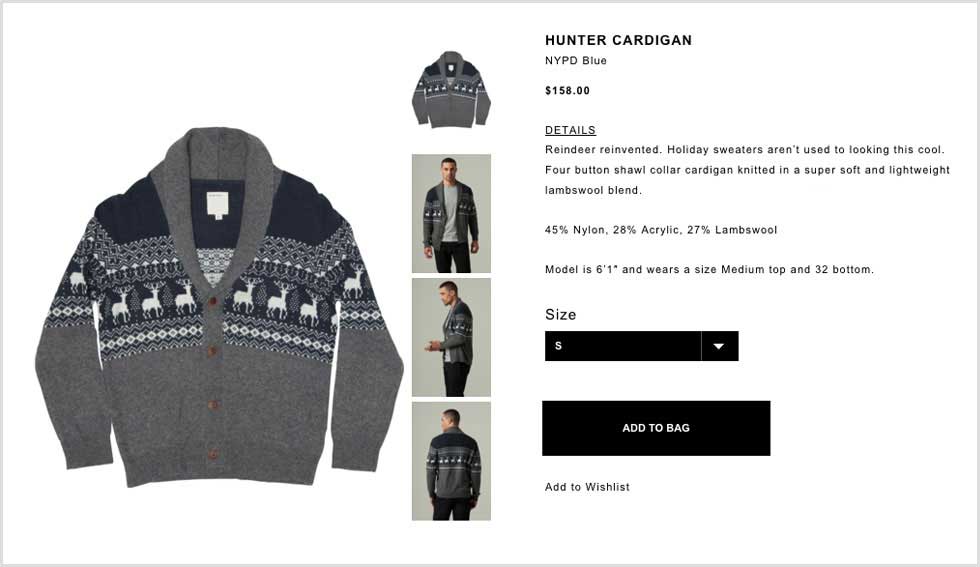
New retail brands selling direct-to-consumer typically find it challenging to establish an online presence and drive revenue with their ecommerce websites. Retail is incredibly competitive and the elite brands often leave little room for newcomers to gain traction.
For the past several years we’ve provided digital marketing services to a handful of startup clothing brands. Our experience in online retail gives us sound perspective on what works, and what doesn’t, and this article was written to share valuable knowledge that has helped brands we work with to grow and turn a profit selling online.
Fortunately, there is hope for new kids on the block. The only catch is, they must be willing to invest a decent chunk of money during the first several years, and market for long enough to find that ROI-driving “sweet spot”.
If you can commit to that, then let’s get started.
Here are 10 tips for marketing a startup clothing brand.
How much will it cost?
The first and most obvious question brand owners ask is, how much will this cost? The honest answer is, unless you have a magical formula for generating free press or going viral, you need to budget at least $50,000 – 100,000 per year to hit the ground running with a strategic multi-channel campaign that allows for ample testing and gathers enough data to serve as a legit sample size for making decisions about what works and what doesn’t.
The magic formula approach requires that you have an ingenious product that will gain attention on its own. A great example is the company Athletic Propulsion Labs (APL).
In 2010 APL released a basketball sneaker with proprietary technology that enabled those wearing it to jump higher. After extensive testing, The National Basketball Association (NBA), found the claims of enhanced performance to be true, and banned the shoe from the league.
The media storm that followed was massive, and (no pun intended) propelled APL into the national spotlight as a brand worth paying attention to.
Brands without a magical formula, or most brands in existence, will need to ramp up incrementally by spending money on a well-executed digital marketing campaign.
You’re probably asking how we arrived at the 50-100K/yr figure, so let me explain. Our experience working at, and running, marketing companies, coupled with keeping tabs on what’s happening in the industry as a whole, gives us a good perspective on the minimal viable spend for a brand looking to make an impact.
WordStream, one of the largest PPC consultancies, released data stating that their average PPC client (mostly small-to-medium businesses) spends around $9,000/month. This is for Pay-Per-Click ads only, and does not account for other forms of advertising, such as Display, Remarketing and Social.
That being said, a startup can certainly spend less, but needs to focus on more than just PPC ads to be successful. Our experience shows that a $3,500/month media spend, including PPC, Display, Remarketing and Social is a good minimum viable budget for media spend.
As for the remainder of the budget, it typically goes towards an agency retainer, which accounts for things like campaign strategy and development, ad copy writing, ad creative design, monthly campaign management and reporting.
Agencies will vary in their minimum retainer fees, but it’s not uncommon to see $1,500 – 2,500/month to manage a multi-channel campaign.
Develop a solid strategy
Regardless of what you think, or what your marketing consultant tells you, it’s absolutely critical to start by performing a thorough marketing strategy to identify the following:
– Your audience
– Your competition
– Your keywords
– Your Cost-Per-Click targets
– Monthly budget per marketing channel
– Key Performance Indicators
– Tracking mechanisms to be used
– Responsibilities for things like sales and promotional calendars, process for approving ad copy and creative
– Availability of product photography (on-model, stand-alone shots, etc.)
– Website optimization strategy for on-site SEO, creation of landing pages, improvement of product detail pages.
A properly executed strategy will help to maximize your budget by driving qualified clicks at the most efficient possible cost. In other words, not wasting money by driving people to your site that do not fit within your audience definition.
Don’t expect immediate results
You’ll most likely not turn a profit until several months of running your first campaigns. Months 1-3 are viewed (by marketers) as a data gathering and testing period, during which analytics tracking informs what works and doesn’t.
Once campaigns are up and running, they should be carefully monitored and adjusted to weed out poorly performing keywords, campaigns and ads. You won’t begin driving cost-effective leads until you find your “sweet spot”, which means driving meaningful visitors at the lowest possible cost.
Imitate Brands You Aspire To Be Like
Look to brands within your niche who have succeeded, and follow their lead. One of the secret sauces in online marketing is “snooping” on the competition to find out things like where their traffic is coming from, how much they are spending for it and what tactics they are using to drive sales.
You can be assured bigger brands have spent a lot more time and effort determining how to drive sales, so don’t be shy about borrowing from their playbook. Analyze everything from ad creative and ad copy being used, to the user experience of landing pages the ads are linked to. This will save a lot of time otherwise needed to generate unique ideas and campaigns from scratch.
Don’t Be Afraid To Test
Never fall victim to preconceived notions about which marketing channels or tactics will work, and which will not. We’ve seen some pretty shocking instances of initial hypotheses being off the mark, and things we never dreamed would work for certain clients end up being the main drivers of success.
We recently ran a multi-channel campaign for a menswear brand that included PPC, Remarketing and Display ads. Our initial thinking was PPC would be the bread-and-butter for driving conversions, with Display and Remarketing being useful for brand reinforcement, but not a driver of revenue.
To our amazement, PPC yielded zero conversions over the first two months, while Remarketing via Google and Facebook generated 90% of our conversions. We reacted by scaling down the PPC spend and focusing on fine-tuning our Remarketing efforts.
Always Run Cross-channel Remarketing Ads
One of our marketing mantras has always been, if you’re running PPC ads you should be Remarketing. While vanilla Remarketing via Google AdWords is a great start, huge opportunities are missed from not running cross-channel Remarketing ads on Google, Facebook and Twitter.
Here’s how cross-channel Remarketing works…
A user clicks on a PPC ad, visits a website and bounces without taking action. As they proceed to surf the internet and use social platforms like Facebook and Twitter, they are served ads for the aforementioned site. This tactic has the magical power to make potential customers think a brand is huge, due to the fact they are popping up everywhere.
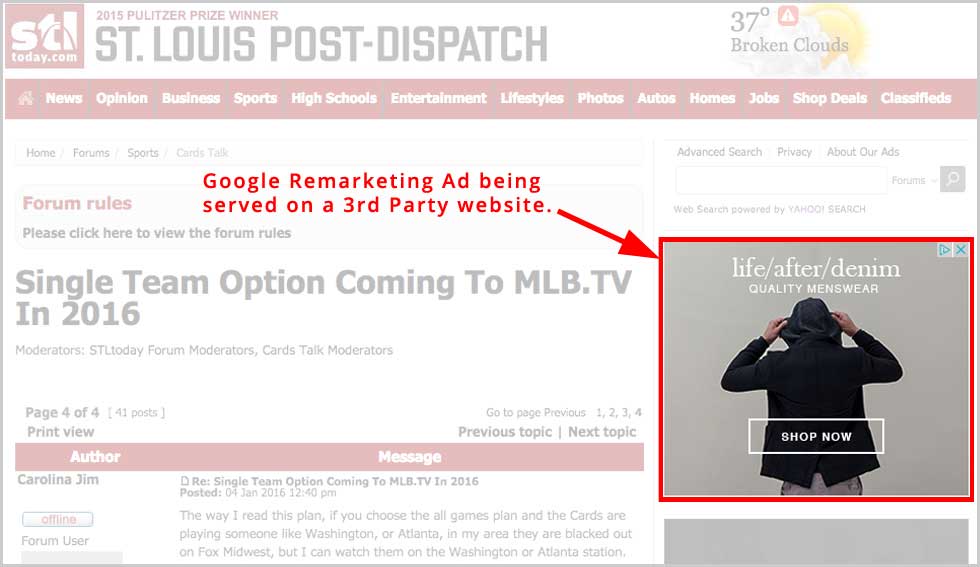
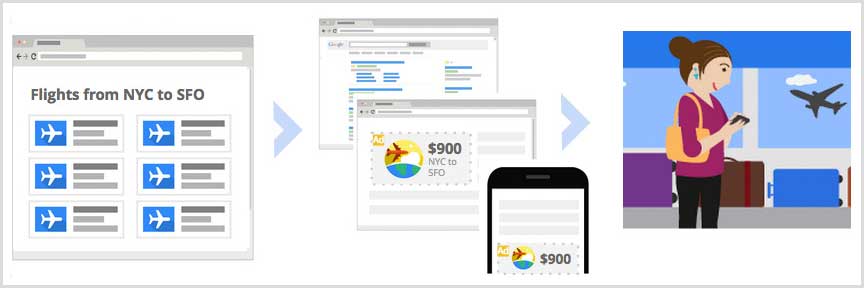
At a minimum, always run Google Remarketing ads in conjunction with PPC ads, and be sure to align your ad copy and creative to ensure cohesiveness is carried throughout all campaigns.
Always Run Branded Pay-Per-Click Ads
Many business owners and even some marketers assume a brand will always dominate for “branded” search terms, or terms that include a brand name. Unfortunately, this isn’t always the case.
Let’s say you’re an online retailer who also sells products on 3rd party sites like Guilt.com. Guilt is a powerhouse with lots of money to spend, and they can run Google Shopping and PPC ads, for example, using your brand name. They may also rank organically for search terms with your brand in them. This can cannibalize your traffic and revenue, and make it harder for searchers to find you online.
Always run PPC ads for your brand name and budget enough to show up in the top three positions. This will allow searchers to find you quickly and make it easy for them to access your website.
Think like a customer, not a brand
As you select keywords to bid on and craft ad copy, put yourself in the shoes of someone trying to find your product online, and use terminology they are likely to use. Try your hardest to frame your tone of voice in terms of what your audience wants and needs to hear to buy your product.
Often, industry professionals use different lingo than their customers, which can create confusion. For example, fabric experts may call sweaters “knitwear”, while searchers use the term “sweaters”. If your keyword research is done right, you’ll uncover the specific terms people are using when they look for your products, and this won’t be an issue.
Create a Promotional Calendar, and Stick To It
Running sales promos are a win-win, as online shoppers are always on the lookout for a deal. It’s critical to develop a calendar of holiday and seasonal sales and distribute it to your marketing and creative teams. This ensures ad copy and creative can be prepared well in advance and you never miss an opportunity.
Experiment With Google Shopping Ads
Pay-Per-Click ads do not give searchers an indicator of how much your items cost. If you’re driving traffic and seeing high bounce rates and low conversions rates, it’s time to change course.
Google PLA (Product Listing Ads), allow you to display ads that include product images, descriptions and pricing, making them valuable additions to your campaign. Showing an image and a price can help to prevent sticker shock and also stand out more than text ads, which can result in higher click-through rates.
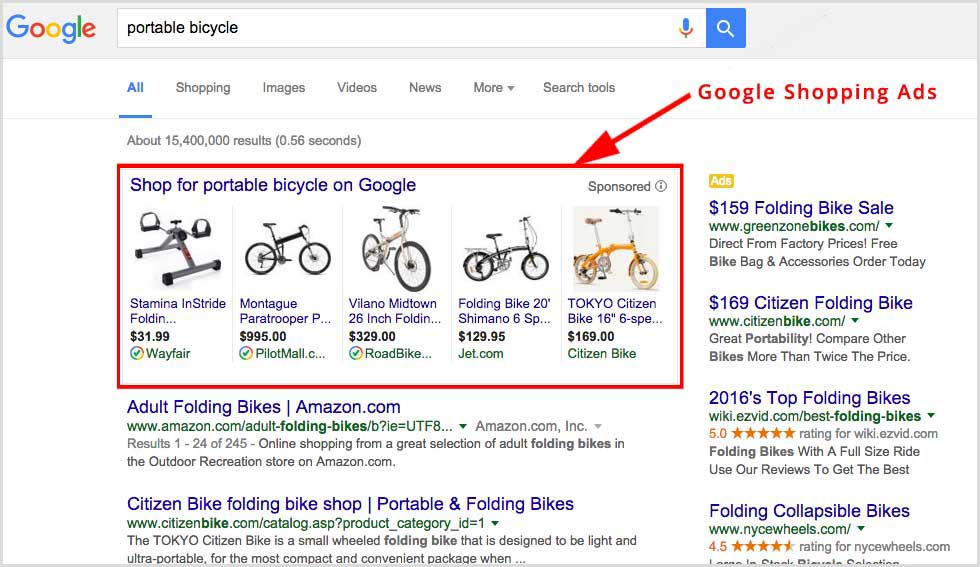
Optimize Your Product Pages
Product pages should give shoppers everything they need to make an informed decision. Clothing brands should include strong product descriptions, fabric care instructions, sizing guides and attractive photography, both on and off model.
Online shoppers are more selective than ever, and plenty of sites do a good job at alleviating doubt by providing a high level of detail. This means if your website doesn’t convince people your products are right for them, someone else’s will.
Improve Your On-site SEO
On-site Search Engine Optimization is the act of adding necessary elements required by Google for ensuring its search spiders can crawl pages on your site and match them with search queries.
If you sell Women’s Shoes, but this term does not appear in your URL structure, title tags or page descriptions, there’s a slim chance of your site pages being returned in Google searches for terms related to Women’s Shoes.
Aside from giving Google what it needs to crawl, index and return search results, on-site SEO improves user experience by enhancing your search result listings. A well-optimized listing includes a Title Tag with the primary keyword at the front, a strong page description that is both informative and enticing, and a user-friendly URL that provides an indication of what’s on the page.
Pay For Great Photography
Great photography will help your products sell themselves, and are well worth the money.
Every online clothing brand should pay for both flat shots and on-model shots that can be used for web and marketing campaigns. Make sure your photographer has experience shooting for the web, and work with your digital team to develop a strategy and a shot list.
If you pay an agency for model shots, make sure you know up front what the limitations are for repurposing the images for web and marketing materials. Often, larger agencies will only allow you to use images with model’s heads chopped off, which isn’t very appealing or effective.
Be Wary of New or Niche Marketing Tactics
Instagram marketing, for example, sounds cool and trendy, but does it work? Our advice to new brands is, unless you have extra money to throw at niche marketing channels like Instagram and Facebook Shopping, stick to more proven tactics like PPC, Remarketing and Social.
Let`s Get
In Touch
Contact us today for a free consultation
and cost estimate for
your project.
We work with companies in all
industries, big or small.
Give Us a Call: 786-529-6039
Services
©2024 FUZE DIGITAL INC. Ignite Your Brand™ | privacy



